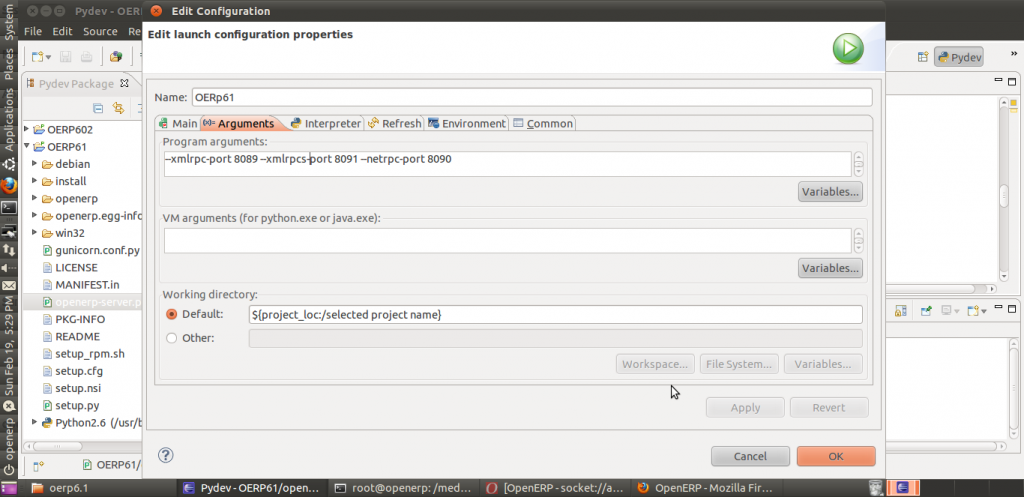How to generate Reports in Excel, Word & pdf format from Odoo
There are many companies or people who feel more comfortable with excel file format. Odoo (OpenERP) allows you to export the reports in Excel, word or pdf format/
Whenever we create the report in RML it just outputs in pdf. Hence further processing on the generated reports and the pdf version is just not enough.
There are 2 ways to generate report which can be exported to Excel / Word formats.
1. Using Jasper Reports
2. Using Aeroo Reports.
The advantage with Aeroo report is that it has a cool “Printscreen” functionality with which you can export any list view into Excel. Even the Analytic reports like “Sales Analysis”, “Leads Analysis” etc can be exported to Excel format. This is very powerful for the Clients, in case they want to run additional analysis using Excel Pivot tables.
The modules “report_aeroo”, “report_aeroo_ooo” and “report_aeroo_printscreen” are required for this functionality to work. Also it uses Open Office to generate the Excel/Word report, so OpenOffice has to be installed and running as a service for this to work.
This link has the details of how to install and setup OpenOffice as a service. I just had to run OpenOffice using the following command “/usr/lib/openoffice.org3/program/soffice “-accept=socket,host=localhost,port=8100;urp;StarOffice.ServiceManager” -nologo -headless -nofirststartwizard”
The following are the details of my /usr/bin/openerp-server
————————————-
#!/bin/sh
export PYTHONPATH=”/usr/lib/openoffice.org/basis3.1/program/” #change this to your OOo path!!!
cd /usr/lib/python2.6/site-packages/openerp-server
exec /usr/bin/python ./openerp-server.py $@
————————————-
See below from how the Aeroo Report, Printscreen report is configured. The reports which you define can also be setup to output in Excel by using a similar setting.
If you’re interested in implementing Odoo or have any questions, get in touch! You can reach us using our contact form or at sales@bistasolutions.com.








